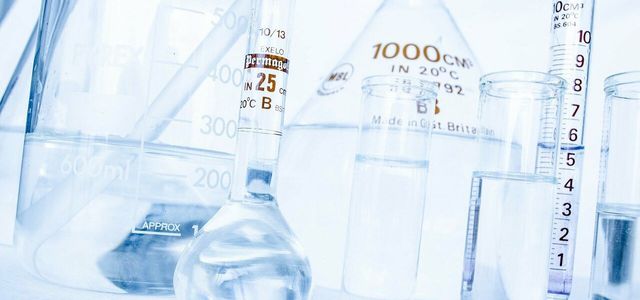
An SVHC is a substance of very high concern. This label is borne by more than 200 substances that, according to the EU chemicals regulation, are particularly dangerous for human health or nature.
Over 210 substances in Europe are classified as SVHC (Substance of Very High Concern) because they have serious effects on health and nature. You are on the so-called “candidate list”, often also referred to as the SVHC list. This official EU list is updated regularly and additional risk substances are added.
These SVHC substances are characterized by the fact that they have one or more of the following criteria applies:
- carcinogenic
- mutagenic
- reproductive harm
- PBT (poorly degradable (persistent), accumulates in living organisms (bioaccumulative), toxic)
- vPvB (very difficult to degrade (very persistent), accumulates strongly in living organisms (highly bioaccumulative))
- similarly worrying properties (e.g. impaired hormonal balance)
The substances classified as SVHC are undesirable, but generally not prohibited.
SVHC: List of Substances of Very High Concern

(Photo: CC0 / Pixabay / fernandozhiminaicela)
You can find over 200 SVHC substances in the official list on the Side of the EU. In addition to each substance, you will also see the reason for the classification as SVHC and you can filter out substances according to various criteria.
Here are some examples of SVHC substances that are very well known:
- Acrylamide (carcinogenic, mutagenic)
- arsenic (for example the compounds arsenic (V) oxide, arsenic (III) oxide, arsenic acid, carcinogenic)
- musk (the compound musk xylene, very persistent, very bioaccumulative)
- lead (for example the compounds lead chromate, lead chromate molybdate sulfate red, lead sulfochromate yellow, carcinogenic, reproductive harm)
- Boric acid (harmful to reproduction)
- formaldehyde (carcinogenic)
- Furan (carcinogenic)
- cadmium (carcinogenic)
New substances are put on the SVHC list if an EU member state suggests it. Ecologically questionable substances, for example, analyze this Federal Environment Agency. All proposals are examined by a committee of the European Chemicals Agency (ECHA) and only included in the list of SVHC substances if the result is unanimous. The list is updated every six months.
SVHC substances: what are the consequences of the classification?
The aim of the classification as SVHC is that companies replace these substances with others and inform customers about the use of these hazardous substances.
- If there is more than 0.1 percent of a substance of very high concern (SVHC) in a product, companies must inform buyers about it – but only commercial buyers.
- On the other hand, companies do not have to contact private customers independently but provide information on request. There is an obligation to respond to inquiries from private individuals within 45 days.
Inquiry is particularly easy with the free app Scan4Chem of the Federal Environment Agency. You can use the app to scan the barcodes of products or enter the product name and then send an SVHC request directly to the company.
More topics at Utopia:
- ToxFox: Recognize hormone poisons with your cell phone
- Linalool: what you need to know about the natural fragrance
- Öko-Test Bananas: Highly toxic pesticides and miserable working conditions